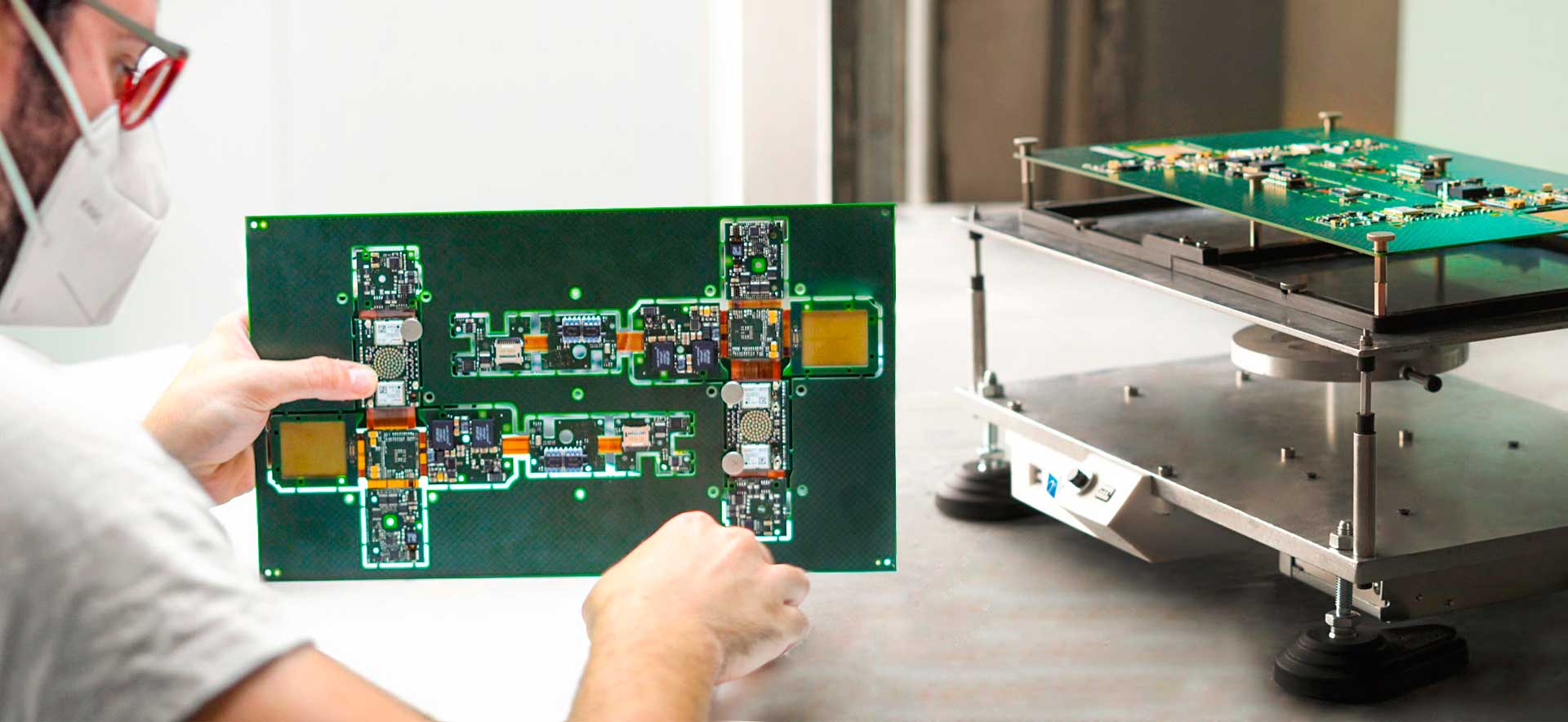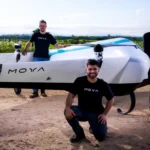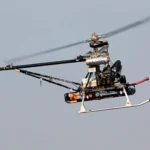In order to guarantee the robustness and the correct operation of the Veronte Autopilots, each unit undergoes through a verification process under stress conditions before it is delivered to the end-user. This set of processes is called Environmental Stress Screening (ESS).
Environmental Stress Screening Phases
Every single unit of Veronte Autopilot, either Veronte Autopilot 1X or Veronte Autopilot 4X, is subjected to vibration tests, high-temperature functional tests, and leak tests during the manufacturing process. The objective is to verify that the autopilot will be able to operate in the long term without any problem and to early detect ay possible failure or damage in the production units.
Shaking Test
The first phase in autopilot production is the Shaking Test. This test consists of applying a predefined vibration curve so, in case any component is badly soldered, loose or defective, it fails at this verification phase.
Then, after a visual inspection to verify that all components are still properly soldered and placed, the autopilot is tested for short circuit detection and voltage and current verification to detect power failures.

Burn-In Test
The next phase in the ESS is called Burn-In Test. It consists of a stress test that allows detecting those autopilot units that would have an early “mortality”. To do this, the autopilot PCB is subjected to high temperatures performing on and off cycles, changing the power input among its minimum and maximum voltage, during the test the operation is also tested to detect any possible failure.
Throughout the Burn-In Test, the autopilot is subjected to stress equal to or greater than the nominal operating conditions. In this phase, all functionalities are checked to ensure that no component fails.
Afterwards, the autopilot assembly continues. During the different production phases, while the autopilot continues its assembly process, it undergoes various functional tests verifying that it is fully operational.
Leak Test
Once the autopilot is in its enclosure, the next phase is the Leak Test. This test involves injecting pressure into the autopilot to detect leaks in the IP67 enclosure and in the static and dynamic pressure sensors and intakes.
Long Term Test
The last ESS phase, after calibrating the sensors, is the Long Term Test. It is based on verifying the correct operation of all interfaces, communication buses, sensors and other functionalities during hours. The objective is to verify that it will be operational in the long term without any failure.
The Environmental Stress Screening (ESS), which includes all these rigorous tests, encompasses a full Verification of the autopilot and guarantees that it will operate correctly even in the most adverse conditions. These kind of procedures during the production process are mandatory in order to ensure the robustness of the professional autopilot system and are particularly important when facing a certification process or in systems where failure is not an option, such as eVTOL or UAM.




